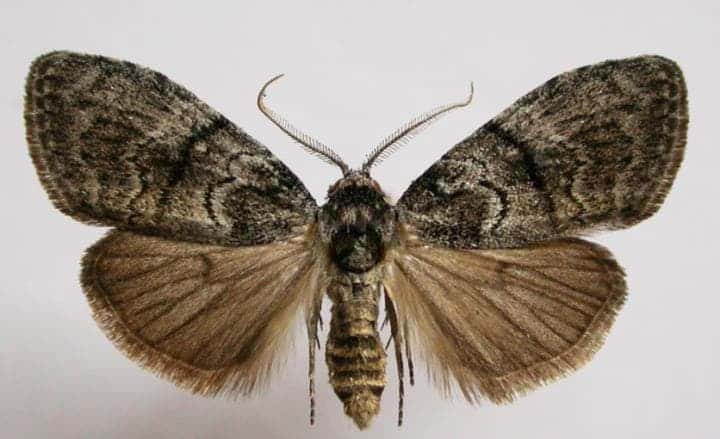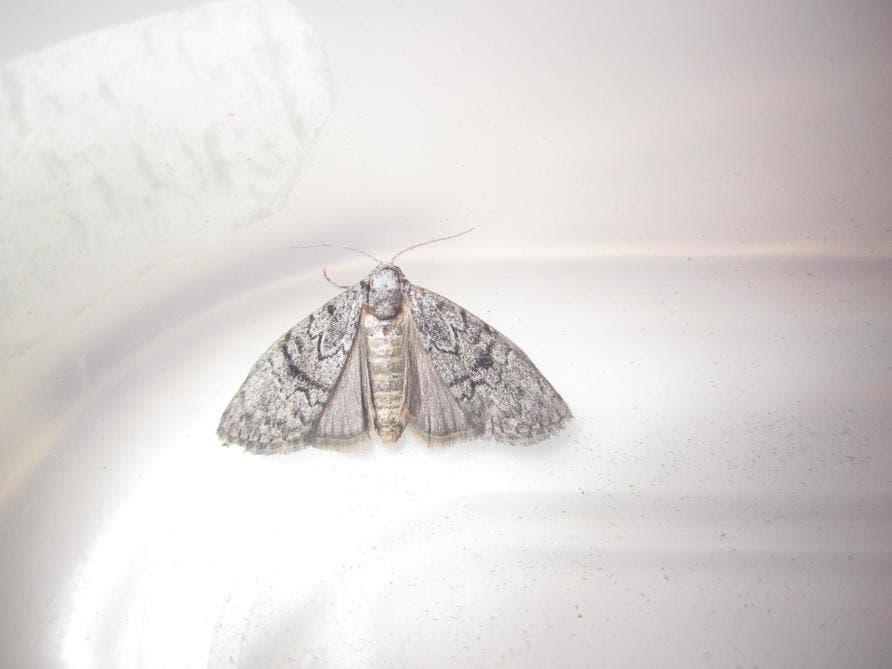Darwin’s predictions prove correct once more.

Evolution isn’t a simple theory, one which you can outright explain to someone in a few minutes. It’s a complex sum of processes, with many aspects and facets that we still don’t completely understand. Still, it’s impressive to see just how right Charles Darwin was when he first put forth this theory. In 1871, he suggested that females (which often have the privilege of choosing mates, unlike males) will drive the evolution of mating signals in males. Basically, males which are better at picking up the females’ signals (the better “listeners”) will be preferred and have a higher chance of passing their genes — so males will evolve to be better listeners.
Professor Mark Elgar, from the University of Melbourne’s School of Biosciences says that this idea has been largely overlooked until now, but holds true — at least in the moths he studied.
“Darwin also proposed that sexual selection can favour males who are better at detecting and responding to signals from females, including chemical signals like pheromones. So males with sensory structures that can better detect female signals may have the edge in finding them in order to mate and pass on their genes.”
He showed that male moths with larger antennae can better detect low quantities of female feromones used for signaling. Working with PhD student Tamara Johnson and Dr Matthew Symonds, Elgar set up traps with either one or two female moths, recording the number and characteristics of the male moths. They found that traps with two females attracted males of all antenna sizes — the signal was strong enough to attract everybody. But traps with only one female, with a lower amount of pheromones, tended to attract males with longer antennae. This was especially true for the younger females
Our data are consistent with Darwin’s 1871 prediction that sexual selection favours exaggerated sensory receptor structures like antennae,” says Dr Symonds. “As evolutionary biologists, it’s very rewarding to be able to support a long-standing idea, originally floated by Darwin, that hasn’t attracted much attention,” he says.

The team also suggests that females adjust their pheromone signaling to maximize the chance of meeting a particular kind of males — the ones with longer antennae.
“Our data suggest that by releasing smaller amounts of pheromone, the female increases the likelihood of attracting males with longer antennae. These males may be better mates because producing and maintaining a large sensory structure is costly and possible for higher quality males only. Those male qualities may be passed onto her offspring,” says Professor Elgar.
The takeaway is simple: females (especially younger ones) like good listeners. Write that down, guys.
Journal Reference: Tamara L. Johnson, Matthew R. E. Symonds, Mark A. Elgar — Sexual selection on receptor organ traits: younger females attract males with longer antennae.


